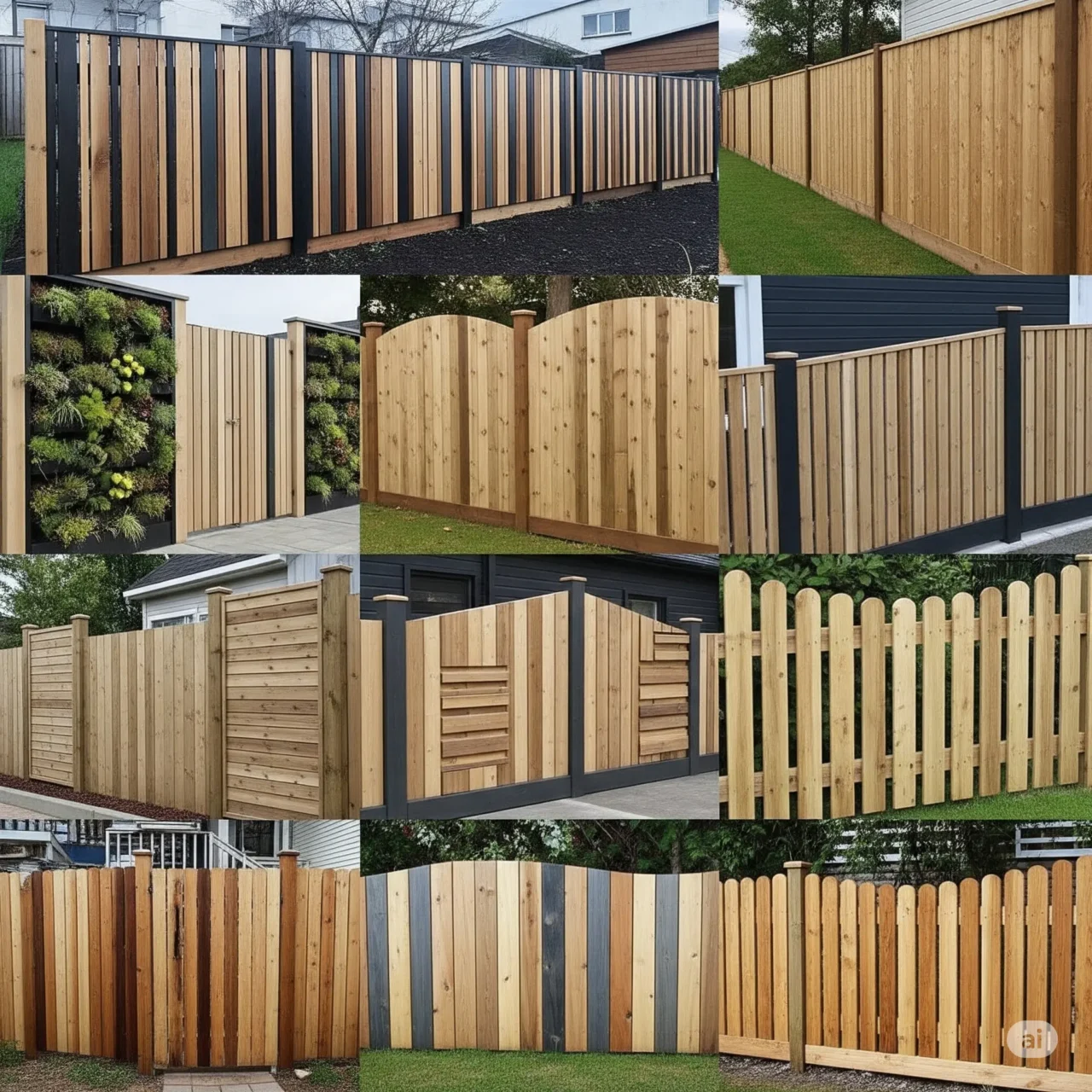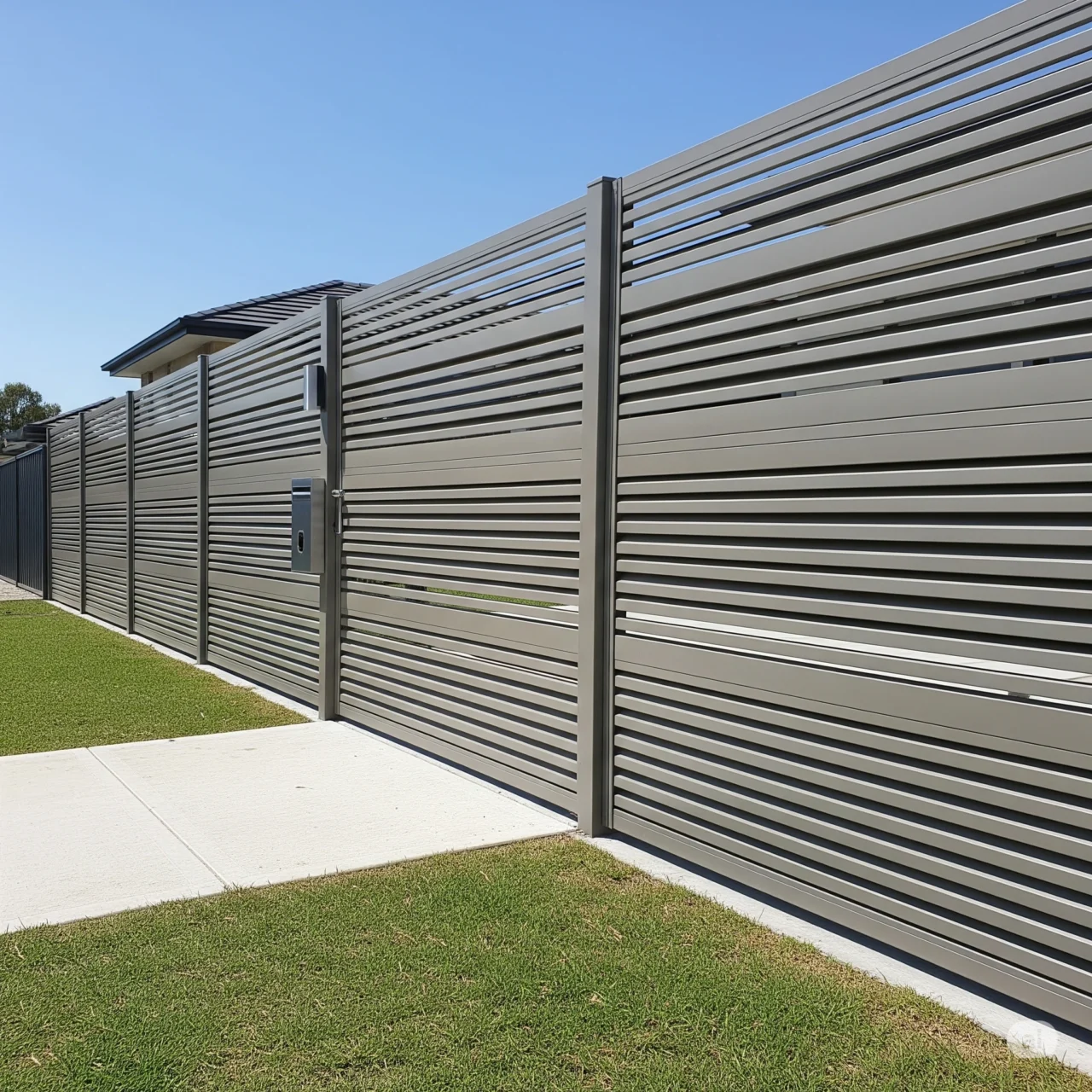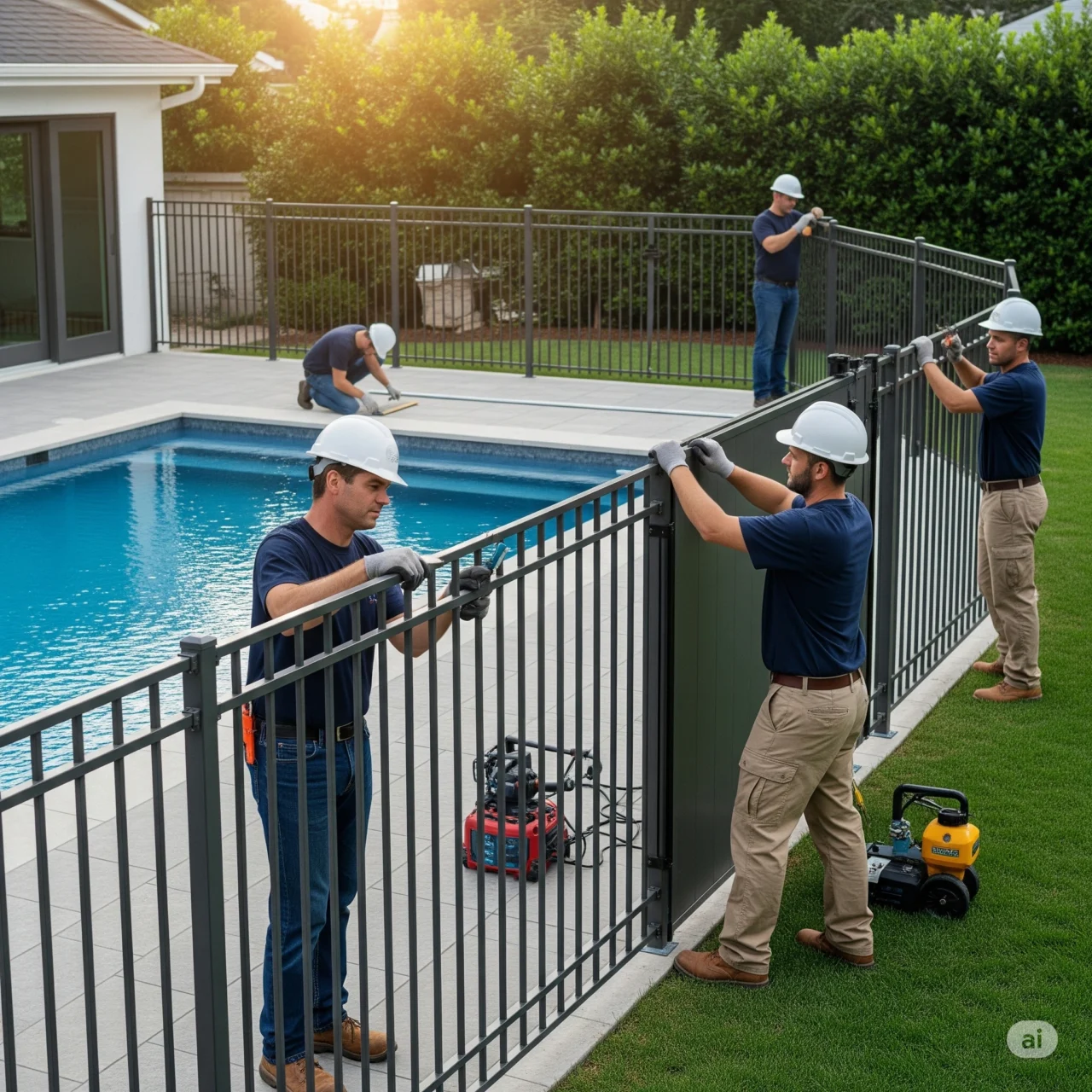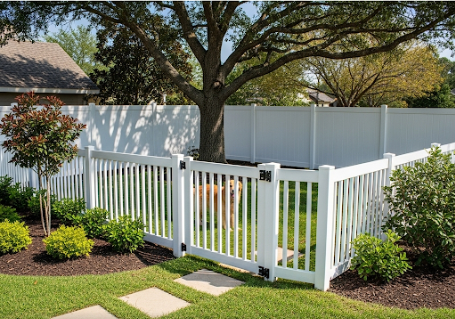When you need a top-tier Virginia fence company, look no further than Super Fabrications. We deliver high-quality design and installation services for fences—aluminum, vinyl, chain-link, wood—as well as railings and stairs. With our enduring commitment to excellence, professionalism, durability, and aesthetics, every project reflects our dedication to customer satisfaction.
Why Choose a Local Virginia Fence Company?
Virginia’s mix of suburban charm and rural beauty requires local expertise. A professional, locally based company like Super Fabrications understands regional building codes, terrain, weather conditions, and aesthetic preferences. Choosing a Virginia fence company means:
-
Faster, more responsive service
-
Knowledge of HOA and municipal regulations
-
Tailored solutions to match local style and functionality
-
Trusted community relationships
Our Fence Materials: Durable, Attractive, Tailored to You
Your fence should do more than mark boundaries—it should add value, privacy, and style to your property. At Super Fabrications, we offer a range of materials to suit every purpose.
1. Wood Fences
Wood fences bring warmth, charm, and a timeless aesthetic. From picket to privacy panels, we use premium lumber that stands up to Virginia’s weather.
2. Vinyl Fences
For a low-maintenance and clean look, vinyl fencing is a smart option. It’s long-lasting, weather-resistant, and available in a variety of styles.
3. Aluminum & Steel Fences
Aluminum fences offer elegance with strength. They’re great for pools, gardens, and decorative boundaries while requiring little upkeep.
4. Chain-Link Fences
Chain-link fences are a practical and cost-effective solution for safety and containment, especially for pets, playgrounds, or commercial properties.
Tailored Fence Solutions for Every Property
Residential Fencing
Whether you’re adding curb appeal, increasing privacy, or keeping your backyard safe for kids and pets, we design custom solutions that complement your home.
Commercial Fencing
Businesses need fences that are secure, professional, and compliant. We install commercial-grade chain-link, steel, and aluminum fencing for warehouses, offices, and retail spaces.
Agricultural & Livestock Fencing
For farms, stables, and large properties, we provide strong, practical fencing that ensures livestock safety and defines property lines effectively.
Railings & Pool Enclosures
In addition to fences, we offer stylish and sturdy railings for decks, stairs, and balconies, plus code-compliant pool enclosures for safety and style.
Our 5‑Step Process for Flawless Fence Installation
-
Free Consultation – We listen to your goals and help you select the right materials and design.
-
Site Assessment – We visit your location to measure and assess land conditions.
-
Planning & Permits – We take care of all necessary local permits and approvals.
-
Professional Installation – Our trained crew completes the project with precision.
-
Final Walkthrough – We inspect, clean up, and make sure you’re 100% satisfied.
Why Super Fabrications is Virginia’s Trusted Fence Company
✅ Top-Quality Materials: We only use products built to last.
✅ Experienced Crew: Our professional team is licensed, insured, and respectful.
✅ Custom Design: Every fence is tailored to your specific needs and landscape.
✅ Reliable Communication: We keep you informed at every step.
✅ One-Stop Shop: We offer fencing, railings, and stairs—complete property solutions.
Fence Maintenance Tips to Keep It Looking Great
-
Wood: Re-stain or seal every 2–3 years. Inspect for rot or insects.
-
Vinyl: Wash with soap and water; check for cracks.
-
Aluminum/Steel: Rinse off debris; touch up any scratched paint.
-
Chain-Link: Check for rust and tighten loose wires or posts.
Choosing the Right Virginia Fence Company: What to Look For
When selecting a fence company in Virginia, consider the following:
-
Are they licensed and insured?
-
Do they offer warranties on labor and materials?
-
Do they provide full-service from design to cleanup?
-
Can they show reviews or recent local work?
-
Are they transparent about pricing and timelines?
Super Fabrications proudly checks every box.
Benefits of Installing a Fence
🏡 Privacy: Enjoy your space without interruptions.
🔒 Security: Protect your home, family, or business from intruders.
🌿 Landscaping: Define your yard and add structure.
💲 Property Value: A well-installed fence can increase resale value.
🐾 Pet Safety: Let your furry friends roam freely within safe boundaries.
Frequently Asked Questions
Q: How long does fence installation take?
A: Most residential fences are completed in 1–3 days depending on size and material.
Q: Will you help with permits?
A: Yes, we handle all necessary local permits and approvals.
Q: What areas in Virginia do you serve?
A: We serve a wide range of areas across Virginia. Contact us to check for service in your location.
Q: Can I get a free quote?
A: Absolutely! We offer free, no-obligation quotes.
Contact the Leading Virginia Fence Company Today
At Super Fabrications, we’re not just building fences—we’re building trust, safety, and beauty for your home or business. With premium craftsmanship, clear communication, and an expert local team, your project is in the best hands.
📞 Call Us: (888) 820-6099
🌐 Visit: www.superfabrications.com
👉 Request a Free Quote Today and Let’s Build Something Great Together!





